(Also called Lateral Ankle Sprain / Rolled Ankle)
What is Ankle Inversion Ligament Sprain?
An ankle inversion sprain happens when the foot rolls inward sharply, overstretching or tearing the ligaments on the outside of the ankle - most commonly the anterior talofibular ligament (ATFL) and sometimes the calcaneofibular ligament (CFL).
It’s one of the most common musculoskeletal injuries and can range from mild stretching of the ligament to a complete tear.
Symptoms & What You May Experience
Depending on the severity, you may experience:
- Pain on the outside of the ankle
- Swelling and bruising around the ankle and foot
- Tenderness when pressing the affected area
- Difficulty weight-bearing or walking normally
- Instability or a feeling of "giving way"
- Reduced ankle movement due to pain or stiffness
Bruising may appear immediately or develop over 24–48 hours.
What causes Ankle Inversion Ligament Sprain?
Ankle sprains typically occur due to sudden twisting or missteps, such as:
- Stepping off a curb awkwardly
- Landing badly from a jump
- Slipping on uneven ground
- Quick changes of direction during sport
- Poor footwear or unstable surfaces
- Previous ankle sprains leading to weakness
Reduced balance, weak calf or gluteal muscles, and poor foot control can also increase risk.
How We Help (At Victoria Park Osteopaths)
Our treatment supports healing, pain relief, and full functional recovery, while preventing chronic instability. Depending on the stage of healing, we may use:
- Advice on strapping, supports, or bracing if beneficial early on
- Education on swelling control, loading, and return-to-sport progression
- Guided rehabilitation exercises for strength, balance, and proprioception
- Gait retraining to restore normal walking pattern
- Soft tissue techniques for surrounding muscles and swelling management
- Joint mobilisation to restore normal foot and ankle mechanics if appropriate
We also ensure related areas like the knee, hip, and foot are functioning well to
prevent recurrence.
Recovery Time & What to Expect
Recovery depends on the grade of injury:
- Grade I (mild stretch): 1–3 weeks
- Grade II (partial tear): 3–6 weeks
- Grade III (complete tear): 8–12+ weeks, sometimes longer
Rehabilitation is crucial — without it, up to 40% of people develop long-term ankle instability.
Most people return to normal activity once strength, balance, and pain-free movement are restored.
When to Seek Medical Review / Red Flags
Further assessment is needed if you experience:
- Inability to weight-bear for more than a few steps
- Severe swelling or deformity
- Suspected fracture (e.g. pain over bony areas)
- Numbness or unusual tingling in the foot
- Persistent instability or recurrent sprains
- No improvement after 1–2 weeks


